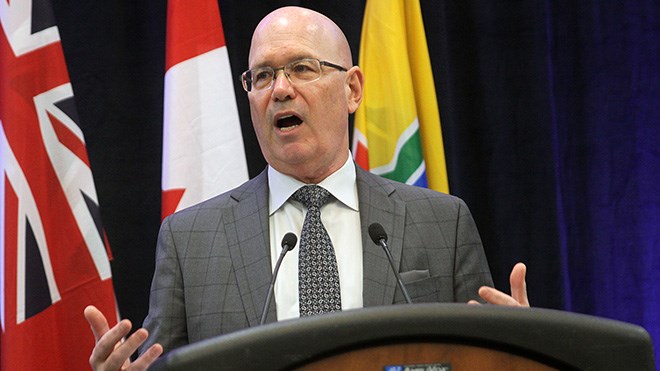Last week, the provincial government made amendments to its policy governing land-use planning, entitled A Place to Grow: The Growth Plan for the Greater Golden Horseshoe. Minister of Municipal Affairs and Housing Steve Clark has provided BarrieToday with an opinion piece on what this could mean for Ontario.
*************************
The Greater Golden Horseshoe (GGH) is the economic engine of our province. It’s home to 65 per cent of Ontario’s population and generates a quarter of Canada’s GDP.
It is also one of the fastest-growing regions in North America, and in the next 20 years, it will accommodate up to 85 per cent of Ontario’s population growth.
Given the GGH’s significant population and economic output, the region will be key to our government’s economic recovery efforts in response to COVID-19.
We can’t stop planning for the future and, in fact, now more than ever, we need to ensure that our children and new Canadians will continue to be able to access housing. Even with COVID-19, pressing pause now would be irresponsible.
That’s why we are making changes to A Place to Grow: Growth Plan for the Greater Golden Horseshoe. The Growth Plan provides direction to municipalities as to where and how they need to plan for growth, and is important in supporting government priorities – like transit-oriented communities, and leveraging investments in affordable housing.
The changes also address a range of stakeholder concerns and methodological issues.
One of the key amendments we are making is to extend municipalities’ planning horizons to 2051 – from 2041. This will give them more flexibility on how they can use land earmarked for employment and help them determine how much new land they need for residents and businesses.
While this is a technical document, it plays a vital role in how municipalities in the GGH plan for the future. That’s why we must ensure that municipalities have enough land available to support their future growth.
These amendments are important, which is why before finalizing the changes, we undertook extensive public consultations.
We are a government that listens, and our changes reflect that. Following feedback received from Indigenous partners, environmental and agricultural groups we decided not to proceed with changes to new mineral aggregate policies.
Between 2012 and 2019, the GGH welcomed one million new Ontarians; our government is committed to ensuring that we prepared to welcome the next million.
Steve Clark
Minister of Municipal Affairs and Housing



